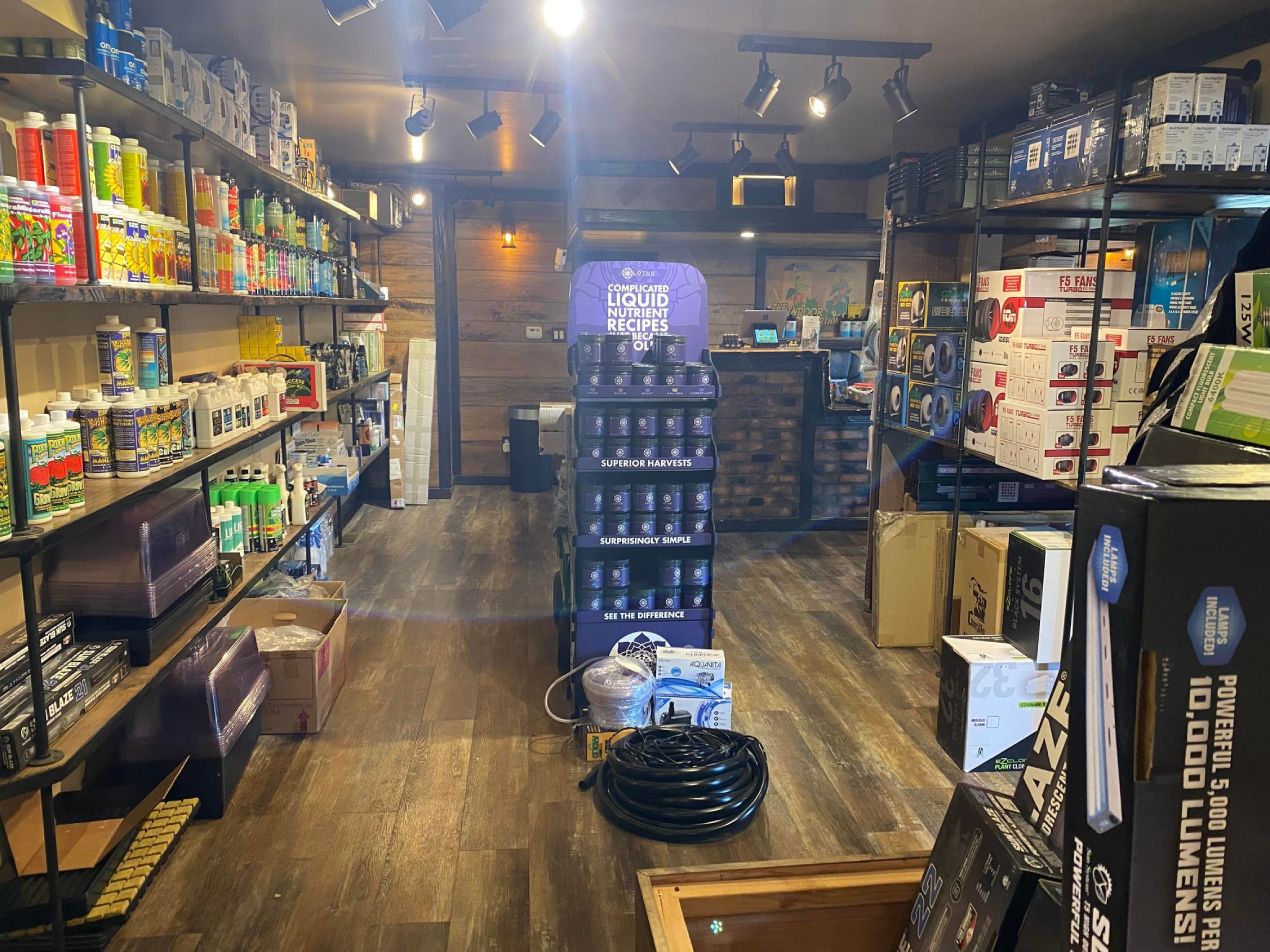Opening the Prospective of Hydroponics: Recognizing Its Uses and Various Types
Hydroponics, an approach of cultivating plants without soil, has amassed increasing interest for its possible to change farming and horticulture methods. As we navigate with the detailed landscape of hydroponic systems and techniques, it becomes evident that each strategy holds distinct advantages and constraints.
Advantages of Hydroponic Equipments

One more advantage of hydroponic systems is the capacity to expand plants in a smaller space. Hydroponic systems lower the danger of soil-borne conditions and pests, as there is no dirt to harbor these hazards.
Typical Uses in Agriculture

Offered the efficient water conservation and space-saving benefits of hydroponic systems, it is obvious that these innovative farming techniques have actually found usual usages in different markets of agriculture. In conventional farming, soil-based farming can be land-consuming and labor-intensive. Hydroponics uses a service by permitting plants to be grown without dirt, lowering water use by as much as 90% compared to conventional farming techniques. This makes hydroponics especially appropriate for areas dealing with water scarcity or minimal arable land. The regulated atmosphere of hydroponic systems allows year-round farming, supplying a consistent supply of fresh produce no matter of exterior climate problems.
Hydroponics is generally made use of for expanding a variety of crops, including leafy eco-friendlies, tomatoes, cucumbers, peppers, strawberries, and natural herbs. Its versatility encompasses upright farming, city farming, and greenhouse manufacturing. Additionally, hydroponic systems are made use of in research and instructional setups to research plant growth, growing, and nutrition techniques. The versatility and performance of hydroponics make it a beneficial device in contemporary agriculture, resolving the difficulties of sustainability, food protection, and resource optimization.
Exploring Different Hydroponic Strategies
Hydroponic systems provide a range of approaches that provide to different plant types and cultivation goals. In addition, the Ebb and Flow system, additionally recognized as the Flooding and Drain system, periodically floods the plant roots with nutrient remedy, permitting for oxygenation throughout draining pipes periods. Each of these techniques showcases the flexibility and performance of hydroponic systems in improving crop development and return.
Contrasting Various Hydroponic Solutions
Discovering the effectiveness and return improvement methods in hydroponics leads us to compare numerous hydroponic systems offered for crop growing. Each hydroponic system has its one-of-a-kind features, advantages, and restrictions, making it crucial for cultivators to choose one of the most suitable system based upon their particular needs and restrictions.
One of one of the most common hydroponic systems is the nutrient movie strategy (NFT), where a slim movie of nutrient option continually flows over the plant roots. This system is treasured for its water performance and viability for growing leafed eco-friendlies and herbs. On the other hand, the deep water culture (DWC) system immerses plant roots directly into the nutrient service, giving adequate oxygen and nutrients. The DWC system is reasonably simple and cost-efficient, making it a prominent option for novices.
One more popular hydroponic system is the ebb and flow (or flood and drain) system, which periodically floods the plant roots with nutrient service before draining it. By recognizing the distinctions in between these hydroponic systems, cultivators can make enlightened choices to make the most of crop web link return and top quality.
Technologies in Hydroponic Modern Technology
With innovations in hydroponic technology, the agricultural market is experiencing a shift towards more lasting and efficient growing techniques. Advancements in hydroponic technology are changing the method plants are grown by making best use of yields, saving sources, and reducing environmental impact. One crucial development is the growth of wise hydroponic systems that use sensing units and automation to check and change ecological conditions such as pH degrees, nutrient focus, and light direct exposure in real-time. These systems make it possible for exact control over expanding conditions, bring about ideal plant development and higher crop returns.
Another significant improvement is the combination of vertical farming techniques with hydroponic systems, enabling for the cultivation of crops in piled layers. This vertical technique maximizes area usage, making it ideal for city environments where land accessibility is restricted - The Indoor Earthworm. Furthermore, the use of advanced LED lights systems customized to certain plant requirements has actually improved power performance and boosted development prices in hydroponic setups
Innovations like these are driving the development of hydroponics, making it a lasting and very attractive alternative for contemporary agriculture.
Conclusion
To conclude, hydroponics supplies numerous advantages in agriculture and has different strategies and systems that can be utilized to maximize its possibility. Innovations in hydroponic modern technology remain to improve performance and sustainability in food manufacturing. By comprehending the uses and different kinds of hydroponic systems, cultivators go to the website and farmers can unlock the full potential of this cutting-edge approach of expanding plants without soil.
Furthermore, hydroponic systems allow for better control over nutrient degrees, pH balance, and environmental conditions, leading to healthier plants and greater yields.
